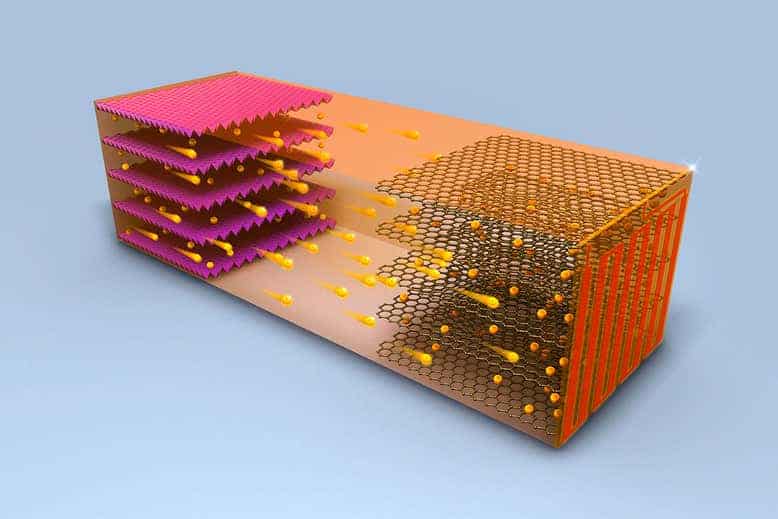One of the biggest hurdles that keep electric vehicles (EVs) from really taking off is autonomy. Thanks to rapid advances in battery technology, you can now drive some EVs for hundreds of kilometers at a time. This is more than enough for driving in a city or short and medium-sized commutes, but for other applications, that kind of mileage just doesn’t cut it. Ideally, you’d want to recharge your vehicle as fast as it would take to fill the tank of a conventional gasoline or diesel vehicle — and this may be arriving sooner than you’d think.

Many leave their electric vehicle charging overnight. A standard 120 Volt electrical outlet provides enough power to charge 2-5 miles of range per hour, while a 240 Volt outlet can provide 10-20 miles. Tesla’s Supercharger (480 Volt direct current) uses high-power circuits at public charging stations to replenish up to 170 miles of range in just 30 minutes. However, you can’t just keep raising the power to increase charging speed. At some point, there’s a physical threshold where too much power, too fast will cause the battery to lose performance.
The reason why manufacturers haven’t been able to increase charging speed is due to metallic lithium that forms around the anode, damaging the battery when too much energy is forced in.
But engineers at Penn State University may have found a workaround. The team, led by Xiao-Guang Yang, heated a standard battery pack — made of cells and modules currently used by operational electric vehicles — to around 60°C (140°F) and maintained this temperature during charging. In such conditions, the batteries were charged to 80% of their capacity in less than 10 minutes, adding roughly 200 miles of range.
Although there was heating involved, the battery’s performance wasn’t affected. The results suggest that the batteries retained 91.7% of their capacity after 2,500 charge-discharge cycles, which translates to roughly 500,000 miles of operation.
According to the researchers, the key to this kind of rapid charging lies in swift heating. This was achieved using a nickel foil wrapped around the batteries, which raised the temperature of the batteries from room temperature to 60°C (140°F) in only 30 seconds. At this temperature, lithium doesn’t form on the anode. The downside is that it can also degrade the battery — but this is only a problem if the heating is applied for too long. At ten minutes per charge, the high temperature isn’t an issue. At least, Wang says, the benefits of a short burst of high temperature far outweigh the negative consequences.
In the future, manufacturers might employ this technique in their latest batteries. The engineering challenge lies in maintaining a high temperature under various environmental conditions. Additionally, you’d also need a fast-charging infrastructure because the power involved can’t be feasibly generated at home. All of these are doable, though.
Wang and colleagues now hope to work on a design that might charge 80% of a battery in only five minutes.
The findings were described in the journal Joule.









